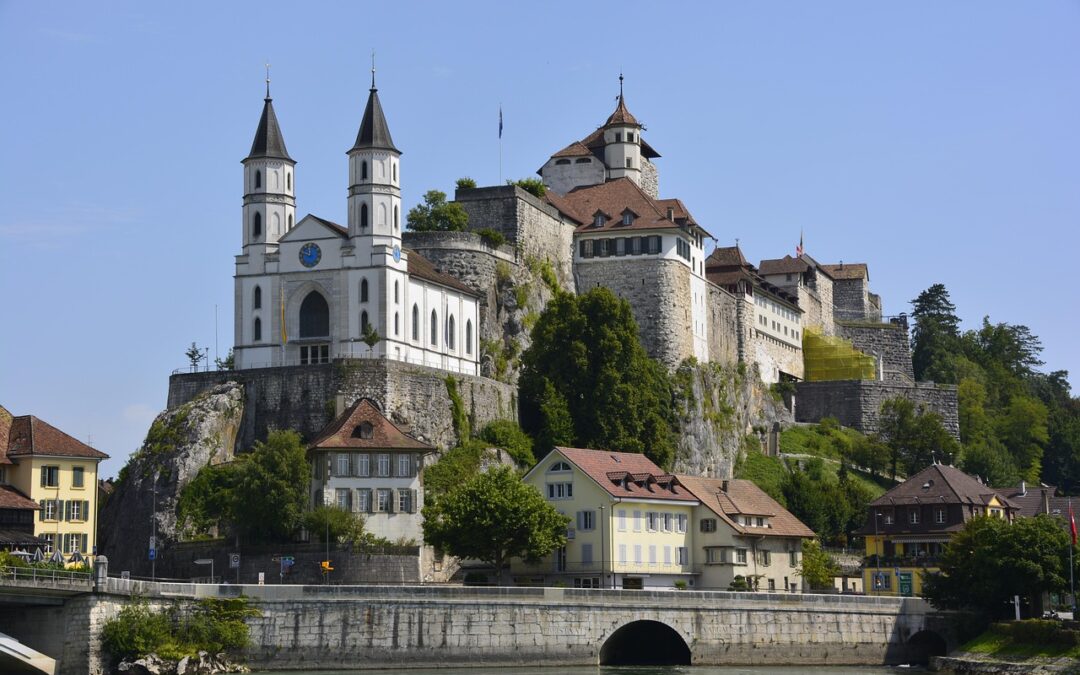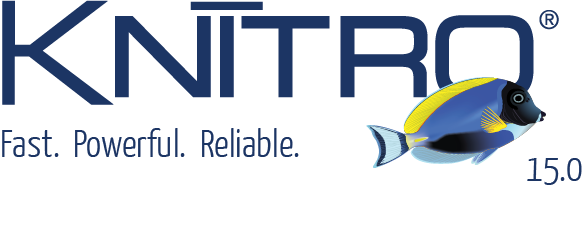Artelys Knitro 12.3 solves nonlinear models with millions of constraints!
The latest release of Artelys Knitro provides performance improvements on all types of optimization models (from linear and quadratic to general nonlinear models) allowing our customers to solve even larger problems with millions of constraints.
These problems are notably observed in several fields such as portfolio optimization in finance, trajectory optimization for robots or autonomous vehicles, economics or optimal power flow in energy.
This enhancement derives from two major developments:
An average performance improvement of 20% for large scale nonlinear models while using the default Interior/Direct algorithm. This improvement builds on the updates provided with Artelys Knitro 12.2 which refined internal linear systems for large scale models. These features have further been enhanced in this release, with a focus on numerical stability. An average memory saving of 40% on all types of convex models when using the Interior/Direct algorithm.
Additional features of Artelys Knitro 12.3:
Updated R, Java and C# interfaces. High speedups can be expected on all models with linear and quadratic structures as they are now processed through a dedicated API. New C and Python single call functions to solve LP, QP and QCQP problems similar to functions already available for our Matlab users. Memory savings up to 50% when using the least squares interface. New diving heuristics to complement the feasibility pump heuristic for Mixed Integer Nonlinear Problems (MINLP). General improvement on nonlinear models when using the BFGS Hessian approximation.

Swissgrid selects Artelys Crystal Super Grid
Artelys is pleased to announce that Swissgrid, the Swiss electricity Transmission System Operator (TSO), has selected Artelys Crystal Super Grid, our multi-energy simulation solution, to support their strategic planning and system analysis activities.

Artelys led the Assessment of Policy Options for Securing Inertia for the European Commission
The European Commission’s Directorate-General for Energy (DG ENER) selected Artelys (leader), Trinomics, and Tractebel ENGIE to study solutions for ensuring the future frequency stability of the European power system. The study report was published in August 2025 by...

Artelys Knitro 15.0: New Tools for Your Large-Scale Models
Artelys is pleased to announce the release of Knitro 15.0, which provides new algorithms and performance improvements to solve your large-scale optimisation problems, whether linear or non-linear, more quickly.

Artelys Introduces Future Sight: a Visualisation Tool Supporting the Energy Transition
As partner in the European Climate + Energy Modeling Forum (ECEMF) – a Horizon 2020 Europe project uniting research institutes and leading energy modellers in Europe – Artelys has contributed to modeling activities powered by Artelys Crystal Super Grid modelisation tool, and has led the development of a fully-fledged visualisation tool.
subscribe to our newsletters
© ARTELYS • All rights reserved • Legal mentions